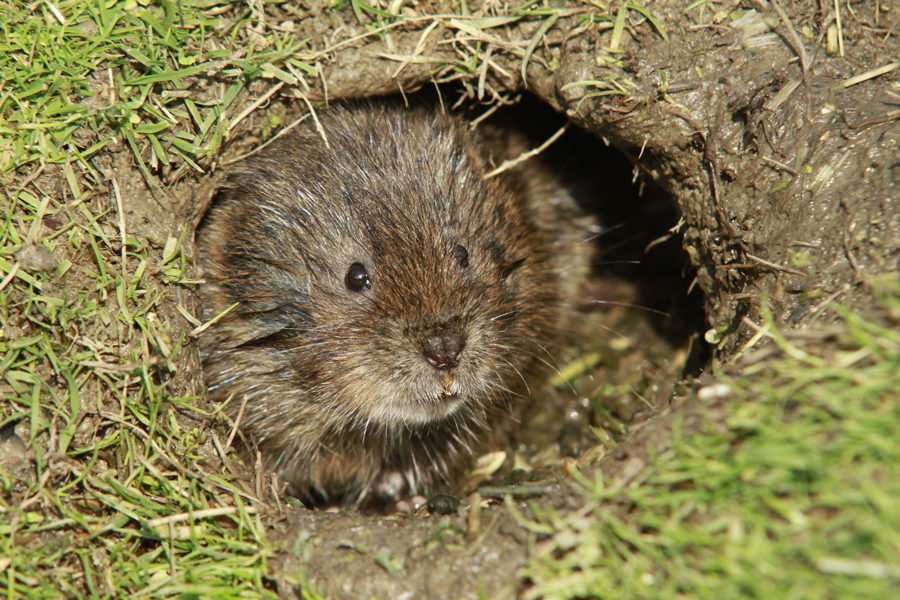Conservation efforts in Cambridge increase water vole numbers
20th June 2019
Work by national charity, the Countryside Restoration Trust (CRT), in Cambridge has resulted in the return of priority conservation species, the water vole.
Work by national charity, the Countryside Restoration Trust (CRT), in Cambridge has resulted in the return of priority conservation species, the water vole.
Led by the CRT and the The Wildlife Trust for Bedfordshire, Cambridgeshire and Northamptonshire, in partnership with the Environment Agency, the Bourn Free project began in 2011 on the CRT’s flagship farm Lark Rise, with the aim of restoring native wildlife to the Bourn Brook.
“In 2011, there were no signs of water vole in a 500 metre stretch of the brook, despite them being active on other parts of the stream, and it being the perfect habitat for this native mammal,” says Dr Vince Lea, CRT’s head of wildlife monitoring.
Water voles are a priority species under the UK Post-2010 Biodiversity Framework, and one of the key reasons for its decline is the non-native North American mink.
“We started trapping mink on the Bourn Brook in the winter of 2010/11, so the remnant population had chance to breed safely in the absence of the predator,” explains Dr Lea.
“Since then we’ve had eight breeding seasons when the brook has been free of mink, and being prodigious breeders like most rodents, the voles have rapidly spread along the entire length of the brook.”
In April 2019, a survey found signs of water vole in all five, 100-metre sections of the brook and a total of around 80 field signs, including 23 dropping related indicators, 17 feeding signs and 40 burrows.
Dr Lea explains water voles are rarely seen, so monitoring of ‘latrines’ where they mark their territory and droppings, along with feed stations which are areas where they chew vegetation, all demonstrated a rise in the local population.
“Control of this key predator, along with careful habitat management, has almost certainly had an impact on the current population. The number of latrines is also a strong indication of the number of breeding females as they make these territorial markers.”
Commenting on the Bourn Free project, CRT chairman Robin Page says this work is integral to the charity’s purpose – to support a living, working countryside.
“It’s wonderful news that water voles have made such a tremendous recovery, which all stems from good habitat management and population management of a non-native predator,” says Mr Page.
“We look forward to seeing the native water vole species continue to increase on Lark Rise Farm.”

